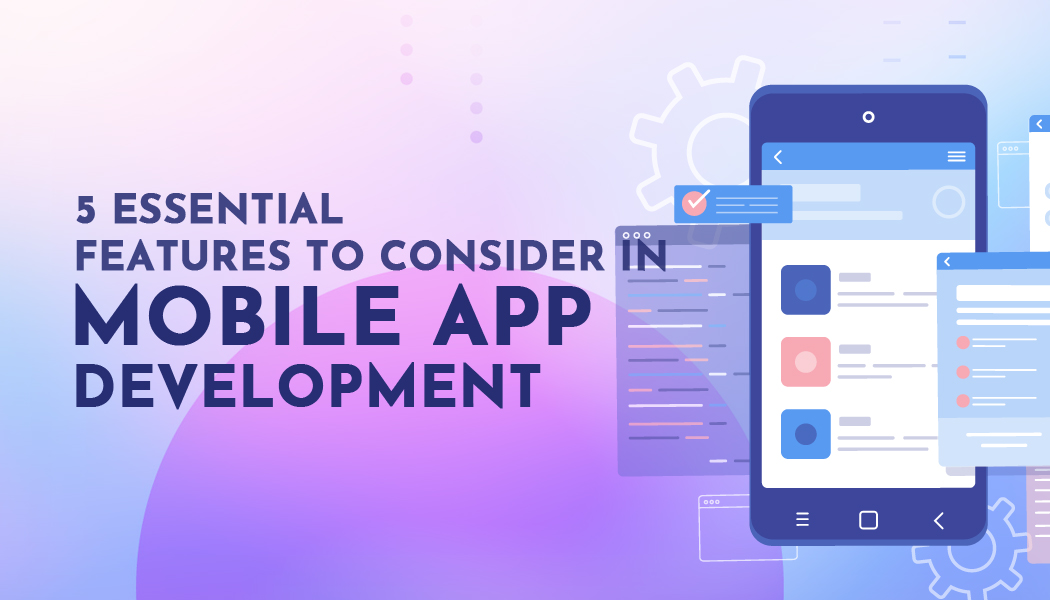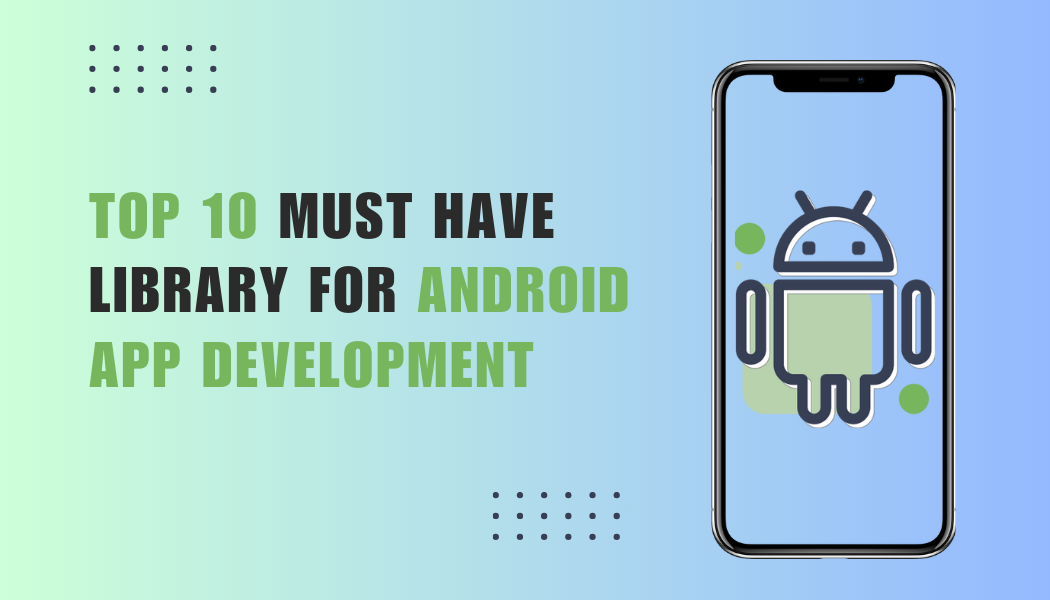5 Essential Features to Consider in Mobile App Development
In today's world, there's an app for everything. The mobile app landscape has radically changed how we shop, eat out, book hotels, travel, and so much more.
As a result, the rules of mobile app development are constantly changing. New mobile app features are now springing up like mushrooms to keep users engaged.
That includes everything from design simplicity and machine learning to augmented and virtual reality. But as enthralling as these additional features are, users still expect more engaging features, raising the bar for mobile app developers.
This post will review the five key features you need to consider when building a new mobile app.
Incorporate an AI Chatbot
OpenAI’s ChatGPT has turned the chatbot industry on its heads. Previously, chatbots were this basic functionality with very limited features. Businesses would use it to provide simple customer support and maybe recommend a few products here and there.
ChatGPT and the new generative AI tools prove that AI chatbots can do well more than that. You can incorporate these chatbots into your SaaS marketing strategy to enhance customer engagement, provide personalized experiences, and improve lead generation and conversion rates.
And it’s not just in SaaS. Even ecommerce and other businesses stand to benefit hugely from AI chatbots and AI agents.
You can add an AI chatbot as a feature in virtually any mobile application. By leveraging artificial intelligence, you can create a chatbot to automate customer support, market products, and even just interact with customers to enhance their experience.
Also, you don’t have to build your chatbot from scratch. With the help of tools like Kommunicate and Dialogflow, adding a chatbot to an Android app is easy.
Integrate Augmented Reality
Incorporating Augmented Reality (AR) technology can be a game-changer for your mobile app user experience.
For example, implementing AR in a B2B manufacturing website will help showcase your product offerings to customers giving a rich interactive user experience.
As a result, AR will instill greater confidence in purchasing decisions, potentially increasing conversion rates and customer satisfaction.
From product visuals to Google Maps, AR is revolutionizing how we interact with the world.
You can integrate AR into various mobile applications, from gaming and ecommerce to healthcare apps.
AR requires developers to come up with innovative ways of leveraging AR kits. That includes ARCore for Android devices by Google Inc. and ARKit for Apple Inc devices.
These SDKs are crucial for integrating augmented reality as a mobile app feature. They help you create digital or virtual objects that can blend with the virtual and real worlds. For example, users can map out items like furniture, clothes, custom hats, etc., to see how they’d look before making a purchase.
Optimize The Security Standards
75% of phishing websites target smartphones, according to Zimperium, a mobile security vendor. This goes to show how vital cybersecurity is in mobile app development.
That's why you must use a security-by-design attitude when building mobile apps. Or a shift-left approach. That means thorough security testing from app ideation to release and following FedRamp compliance requirements. Here's why.
Mobile apps store sensitive personal data ranging from debit cards and credit cards to passwords. Hackers may use malware attacks, packet sniffing (e.g., when users send money to friends, deposit checks, etc.), identity theft (when an end user’s identity is stolen), and even ransomware attacks.
Because of these avenues of attacks, the level of security for your mobile app must remain watertight, especially when it comes to data integrity and protection.
Several critical security features can help you tighten your app’s level of security. They include:
- Secure Sockets Layers (SSL) certificate - An SSL certificate enhances privacy by providing connection authentication and encryption across devices, mobile apps, and websites.
- Two-Factor Authentication or 2FA - This allows you to add another layer of protection. It goes beyond your typical strong password by allowing users to add an email address or mobile phone number for double security. It also helps users restore their app accounts in case of an emergency.
- Distributed Denial of Service Attack or DDoS - It's one of the main culprits behind data breaches and server outages. Ensure you put DDoS measures in place to protect against and cut damages.
For internet-connected apps, DDoS attacks or layer 7 attacks can be prevented by using SaaS machine learning models to monitor and prevent bot attacks. A great example is DataDome, a layer 7 DDoS attack solution that runs on autopilot.
By observing these security measures, you can rest assured that your users’ data is safe. Moreover, the above security measures are in line with the stringent data security standard set for mobile apps and internet users.
4. Deploy Push Notifications
Push notifications are a must-have mobile app feature if you want to release a successful app. As the most direct form of communication with your app users, it is more effective than other types of notifications and even trumps the typical email.
Push notifications range from a short and sweet message to a graphic or both. But what makes it stand out as a mobile app feature is its customization options. You can customize the look and feel of the push notification however you want.
Let's say you're developing a mobile app that allows users to order food from their favorite brands. You can notify your app's users using their favorite foods as part of the notification. Not only is this more enticing to the user, it feels personalized, and they'll be more inclined to click on it.
You can use generative AI to help you write content for your push notifications. When used correctly, push notifications will improve your mobile app users' experience. They’ll also give you more opportunities to communicate with your app users.
5. Incorporate Responsive App Design
Every mobile app must have an intuitive user interface and be responsive. Why? Because mobile app users want to enjoy a seamless experience. That means they should be able to understand what the app does, where to click, etc. It’s all about usability.
There are five steps to creating responsive mobile applications. They involve using:
- The viewport meta tag. Start by adding a viewport meta tag. With this, you tell devices how to alter the display on different screen orientations and resolutions.
- Media queries. Media queries allow you to dictate how the app is displayed on different screen sizes.
- Fluid layouts. With fluid layout techniques, your app can automatically resize itself to match the screen orientation and size.
- Responsive images. This enables you to show different-sized images or graphics depending on the device's screen size.
The last step is to test your mobile app features before you go live. It's an effective way to ensure your mobile app delivers an optimal and seamless user experience across different screen sizes.
Moreover, it allows you to find bugs during development before the app reaches the end user. It also verifies that your app renders and translates correctly without losing resolution. Your app needs to blend both function and form to offer users a seamless experience.
In Closing
While there is a boatload of premium mobile app features you can add to your application, these are the most critical ones. With these features, your app gets the best of form and functionality.
Cybersecurity measures should be your first approach to avoid data breaches. Once that's done, you can add AR to boost engagement, user experience, and interactivity. Then add push notifications, responsive design, and AI chatbots for the ultimate experience. Good luck.




